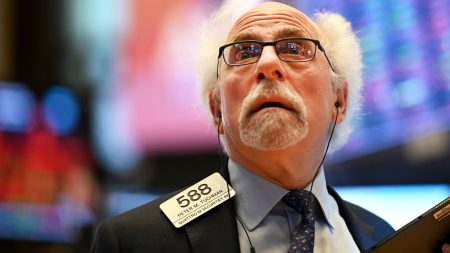The path of inflation during the first three months of 2024 has been concerning, with high prices at the register and wholesale input costs showing no signs of abating. Despite being lower than the rapid pace seen in 2022, inflation remains stubbornly high. Investors, consumers, and policymakers are struggling to adapt to the unexpected level of price pressures. The market has been forced to change its thinking dramatically as import prices surged, contributing to market instability.
Expectations of an accommodative Fed cutting interest rates early and often have been dashed as stubborn inflation data continues to challenge investors. Data throughout the week highlighted the impact of rising prices on various sectors of the economy. Rent increases, a decline in small business optimism, higher than expected consumer and producer price readings, and other economic signals have painted a grim picture. Even JPMorgan Chase CEO Jamie Dimon warned of “persistent inflationary pressures” threatening the economy.
Despite the high readings, Fed officials are not panicking, affirming their expectation of future rate cuts. However, they remain concerned about higher inflation and are looking for more convincing evidence that inflation is on a steady downward path. While the market has been focused on consumer and producer price indexes, the Fed follows the personal consumption expenditures price index, which has not yet been released. With significant differences between the CPI and PCE indexes, PCE readings are crucial in understanding the true impact of inflation.
Various signals indicate that the Fed still has a long way to go in achieving its inflation goals. Different price indexes, such as sticky price CPI, flexible CPI, and the Dallas Fed trimmed mean PCE, point towards continued inflation challenges. While the economy has been able to withstand high rates with minimal impact on employment and growth, there are concerns about potential cracks in the labor market. Economists are urging the Fed to reconsider its commitment to 2% inflation, with suggestions to accept slightly higher levels to avoid risks of inflation rising above 3%.
Overall, the economic outlook remains uncertain, with inflationary pressures persisting and geopolitical tensions adding to market volatility. Fed officials continue to monitor the situation closely, maintaining their expectation of future rate cuts while acknowledging the challenges ahead. The evolution of inflation and its impact on the economy will be closely watched in the coming months as policymakers navigate the complex landscape of price pressures and market instability.













